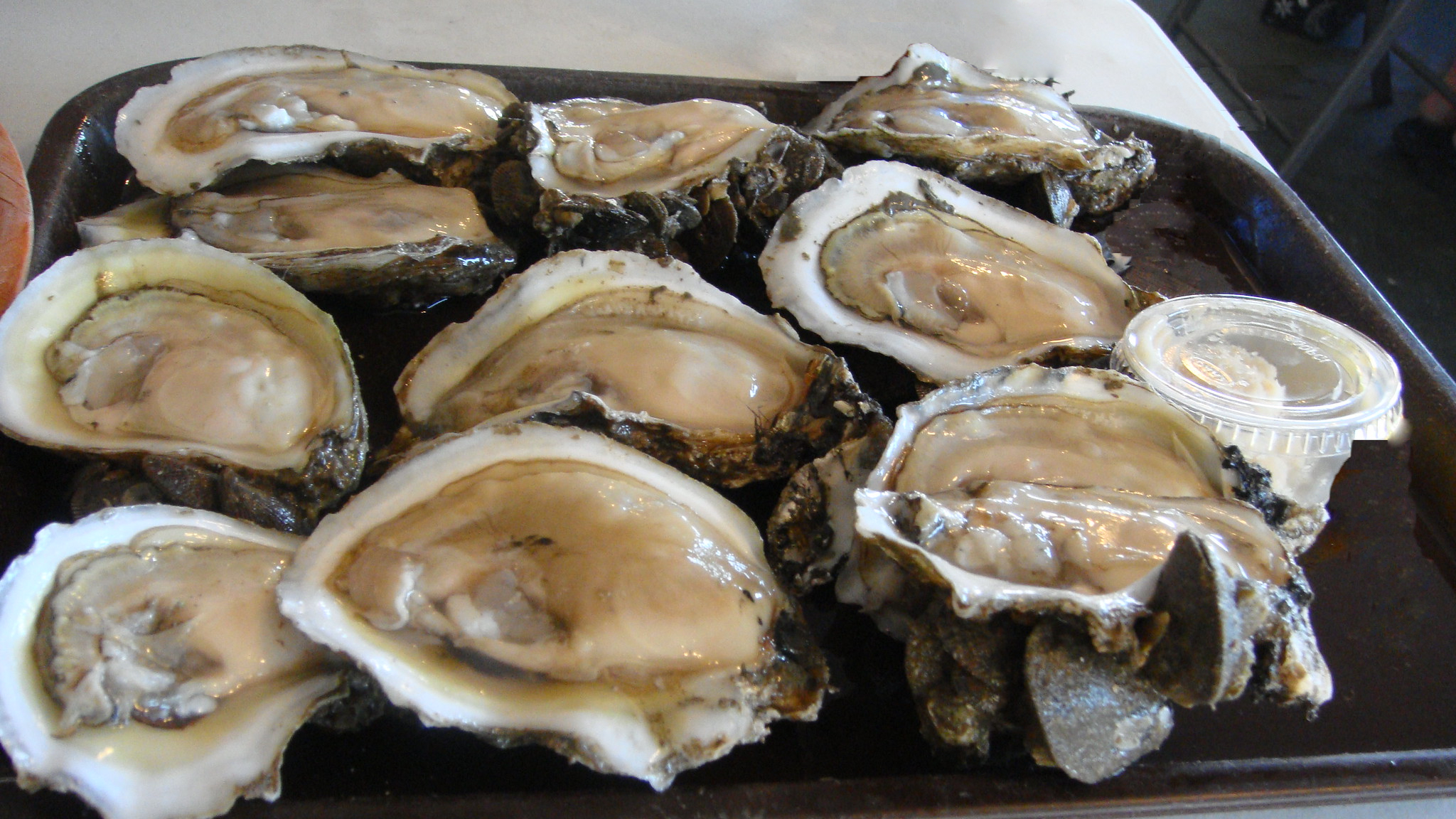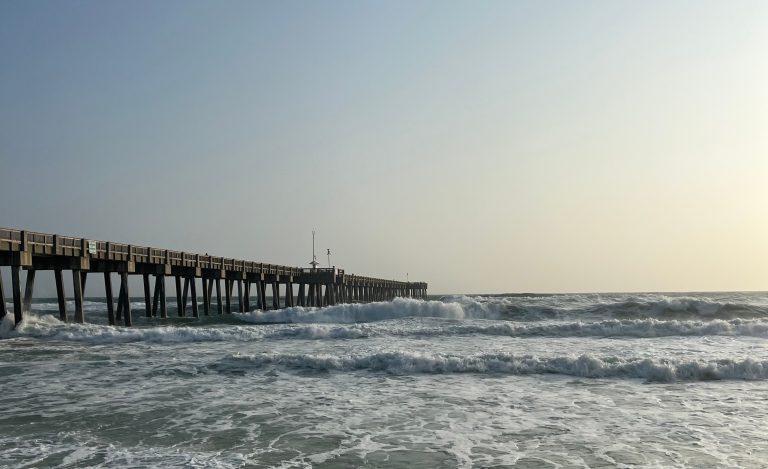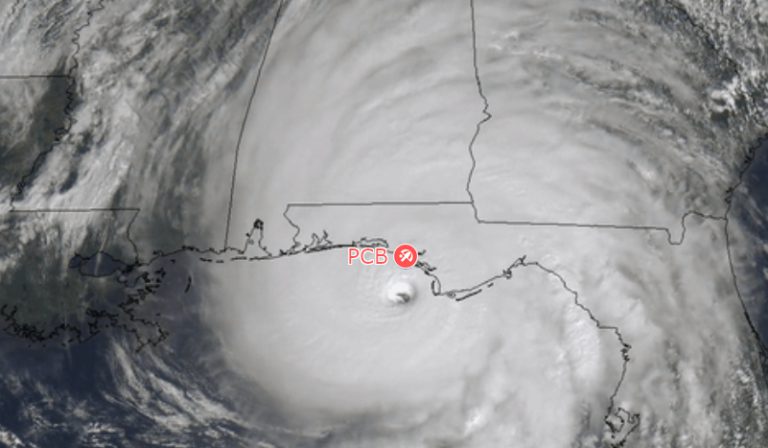It is hard to drive more than a few blocks in Panama City Beach without seeing an oyster bar. For connoisseurs of the sea’s bounty, shellfish dishes offer an unmatched culinary experience. From the succulent oysters to the flavorful clams, shellfish is a beloved delicacy. But often, diners are concerned about safety. Fear not, seafood lovers! The industry’s rigorous standards ensure that you can enjoy these delicacies without worry.

The Dangers of Eating Unrestricted Shellfish
While shellfish are a popular delicacy, there are potential dangers associated with their consumption, particularly for high-risk individuals. These risks stem from various toxins and bacteria that can contaminate shellfish.
Septicemia: This is a severe bloodstream infection that can result from consuming the bacteria, Vibrio vulnificus. This bacteria is primarily found in warm coastal waters.. When ingested, the bacteria can breach the intestinal lining and enter the bloodstream, leading to septicemia. Once in the bloodstream, it releases toxins and can multiply rapidly, overwhelming the body’s immune response. This can lead to severe symptoms and requires prompt medical attention, as it can be life-threatening, particularly in individuals with underlying health conditions. Symptoms include fever, chills, severe abdominal pain, and vomiting. According to the Florida Department of Agriculture and Consumer Services (FDACS), death occurs in 50% of cases of septicemia. Septicemia can also enter the bloodstream through a wound, so it is important to seek immediate medical care if you sustain a cut from an oyster shell, which can be notably sharp.
Amnesic Shellfish Poisoning (ASP): ASP can be caused by a type of microscopic algae found in marine and freshwater environments called Pseudo-nitzschia. These algae are noteworthy because some species can produce domoic acid, a toxin that can accumulate in shellfish. When humans consume shellfish contaminated with high levels of domoic acid, it can lead to ASP. ASP’s symptoms include gastrointestinal disorders, headache, dizziness, and in severe cases, memory loss.
Paralytic Shellfish Poisoning (PSP): PSP can be caused by a type of microscopic algae found in marine environments called Pyrodinium bahamense. This algae is particularly known for its ability to produce saxitoxin, a potent neurotoxin. When shellfish consume Pyrodinium bahamense, they can accumulate saxitoxin, leading to PSP. Symptoms include tingling, numbness, and in severe cases, respiratory paralysis.
Neurological Shellfish Poisoning (NSP): NSP can be caused by a type of microscopic algae called Karenia brevis. Karenia brevis is a type of marine dinoflagellate known for causing red tides, which are harmful algal blooms. It produces toxins called brevetoxins, which can accumulate in shellfish. Consumption of shellfish contaminated with brevetoxins is what can lead to NSP in humans. NSP symptoms include tingling and numbness of the lips, tongue, and throat, dizziness, and gastrointestinal distress.
Statistics on shellfish-related illnesses have varied over time. The incidence of these diseases depends on factors like environmental conditions, the presence of toxins, and public awareness. Regular monitoring and compliance with safety standards are critical in minimizing these risks.
Understanding Shellfish Safety:
Environmental Stewardship: The areas where shellfish are harvested are not just random stretches of water. They are carefully selected and continuously monitored for environmental health. This includes testing water quality and ensuring the ecosystems are free from pollutants and harmful algal blooms.
Harvester Training and Certification: Professional shellfish harvesters undergo extensive training that is require to be renewed yearly. This training covers environmental awareness, safe harvesting methods, and emergency protocols to handle unforeseen environmental impacts. Only certified professionals are allowed to harvest, ensuring a commitment to quality and safety.
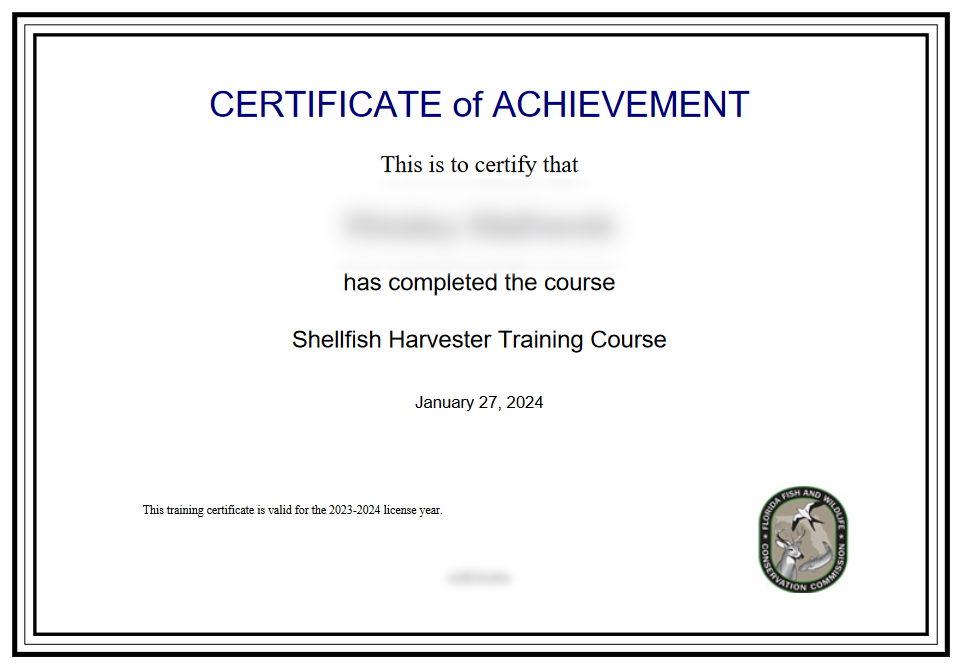
Rigorous Harvesting Protocols: Harvesting shellfish is not a simple task. It involves adhering to strict protocols about where, when, and how to harvest. This includes time-of-year restrictions, water temperature monitoring, and immediate cessation of harvesting in response to environmental alerts.
From Harvest to Table:
Traceability and Accountability: Every batch of harvested shellfish is tagged with detailed information. This includes the harvest area, date, and harvester details. This traceability means that in the rare event of an issue, authorities can quickly trace and address it, ensuring consumer safety.

Temperature Control and Handling: Post-harvest, shellfish are handled with extreme care. They are transported in temperature-controlled environments to prevent bacterial growth, ensuring that they arrive fresh and safe at your table. Oysters that you eat raw would have arrived at a processing facility on the same day that they were harvested. The time at which they must arrive at the facility varies based on the month of the year.
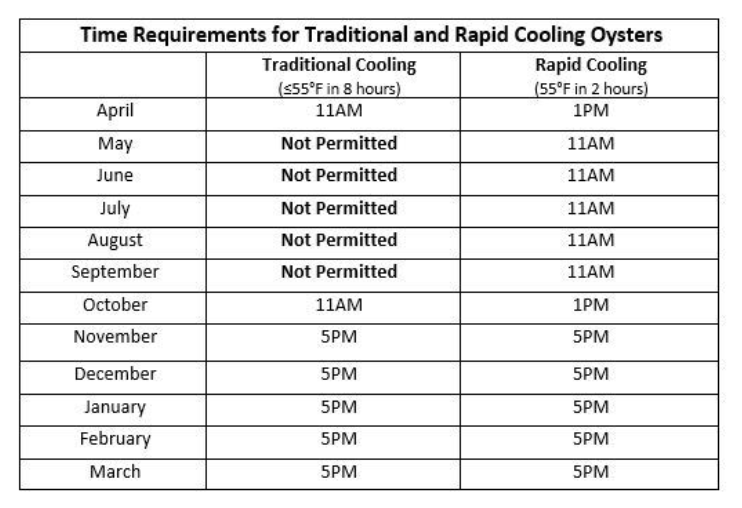
Safety Regulations and Compliance:
Regulatory Oversight: The shellfish industry is subject to stringent regulatory oversight. Regular inspections and compliance checks are conducted to ensure that all safety standards are consistently met. In Florida, two different state agencies, the Florida Fish and Wildlife Conservation Commission (FWC) and the Florida Department of Agriculture and Consumer Services (FDACS) monitor the harvest and processing of shell fish. The CDC federally maintains a national Vibrio Illness surveillance known as COVIS. This system contains illness investigations that are used to take corrective actions if an outbreak of illness is detected. An Outbreak designation by the system can lead to product recalls, facilitiy sancations or closures, harvest area closures or permanent harvest area closures.
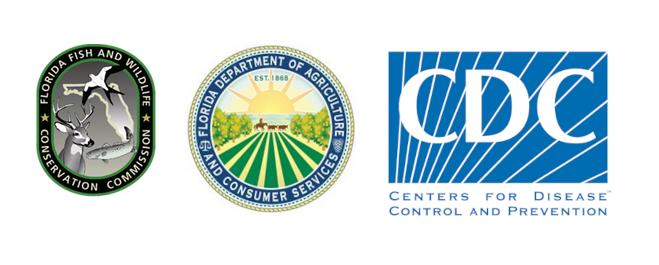
Harvest Area Closures and Reopenings: Authorities closely monitor environmental conditions and can close harvest areas as a precautionary measure. These areas are only reopened after thorough testing confirms that the shellfish are safe for consumption.
Enjoying Shellfish with Confidence:
The Health Benefits: Beyond their exquisite taste, shellfish are a powerhouse of nutrients. They are rich in protein, vitamins, and omega-3 fatty acids, making them a healthy choice.
The Culinary Experience: Each variety of shellfish offers a unique flavor and texture. Restaurants pride themselves on serving the freshest and safest shellfish, prepared in ways that enhance their natural flavors.
A Responsible Choice: By choosing to dine on shellfish from reputable sources, you’re supporting an industry committed to environmental stewardship and food safety. Harvesters do their best to provide a clean and safe product. They also work to provide a sustainable marine environment by releasing the “Spat” or juvenile oysters, such that generations to come can enjoy the harvest.
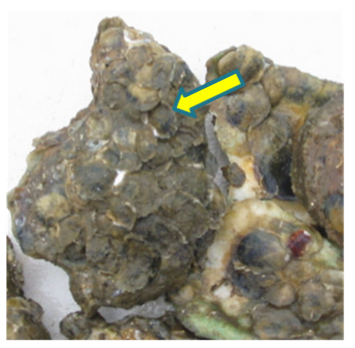
The journey of shellfish from ocean to plate is guided by an unwavering commitment to safety and quality. So, the next time you’re contemplating a seafood platter, remember: not only is it a gastronomic delight, it’s a choice you can make with confidence in its safety and sustainability.
Featured image is a modified version of a photo by amanderson2 CC BY 2.0 Deed
